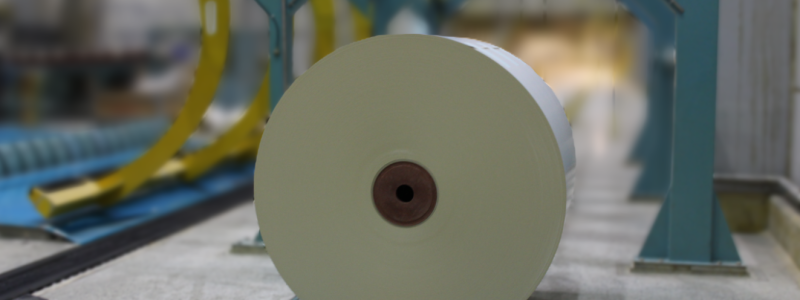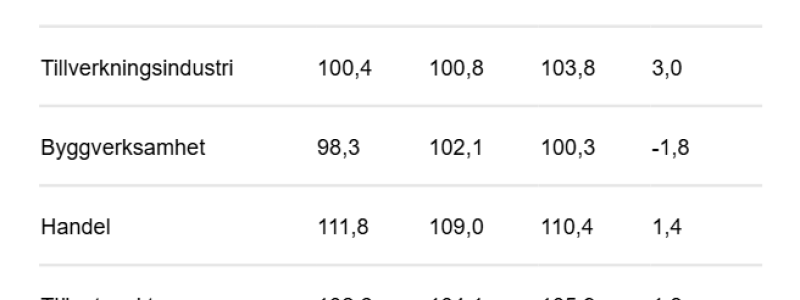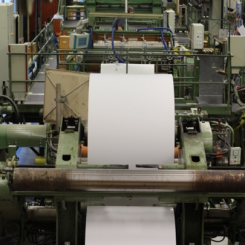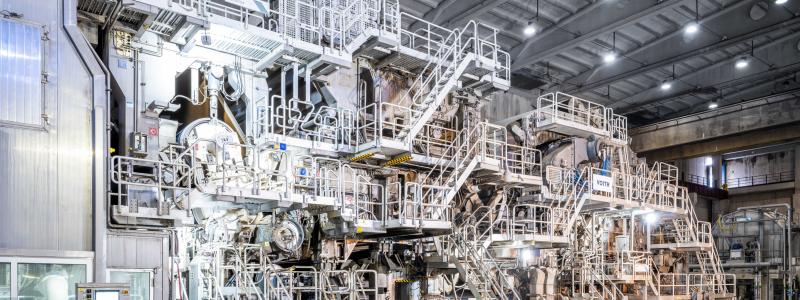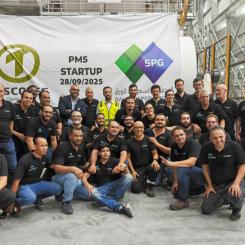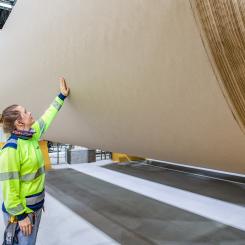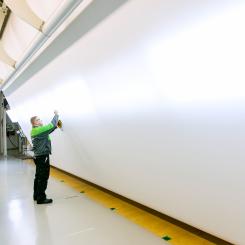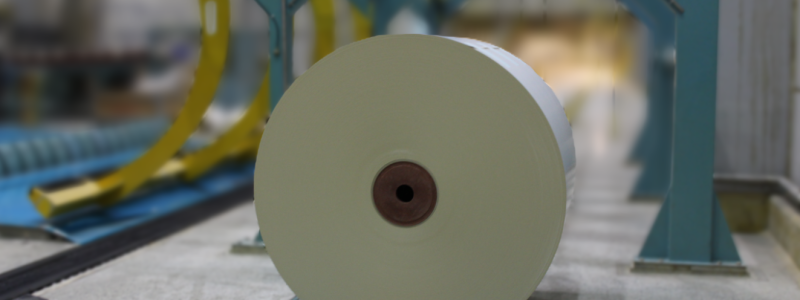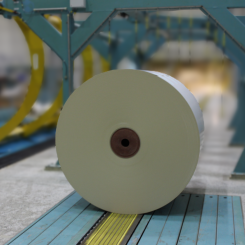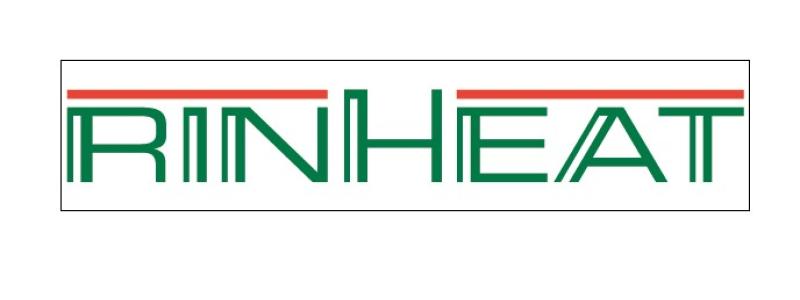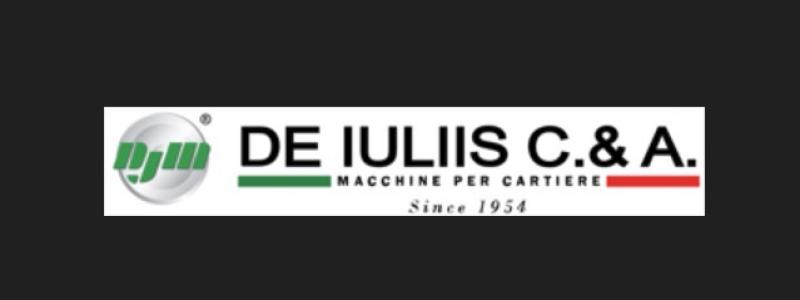Since water has become an increasingly important strategic issue in the pulp and paper industry, potentially affecting the ability of a large number of the world’s mills to operate at capacity, Fisher International conducted a study of the topic and has published its findings in a study titled, The 2012 Global PPI Water Benchmark Report.
The report is intended to help environmental managers understand how water issues are affecting pulp and paper mills around the world as they benchmark their own positions and evaluate their policies.
The study finds that many mills expect that their access to water will be threatened in the next five years.
Even more mills — a majority worldwide — expect to make changes to their water usage goals in the next five years, particularly in developing countries.
Worldwide, the range of water usage per ton of paper produced was found to be quite broad: from under .95 cubic meters per metric ton (250 gallons per short ton) of paper produced up to 265 cubic meters per metric ton (70,000 gallons per short ton) of paper produced. Similarly sludge production was found to range from almost nothing to just over .4 tons of sludge per ton of pulp or paper produced. Nevertheless, attitudes about the seriousness of potential threats to water availability are similar across types of mills and regardless of how mills handle effluent treatment.







